From Swift to Java Script Link to heading
Remember that old project? The one where I spent time with Swift back in 2023, trying to build a simple game about work-life balance? It was an entertaining idea to demonstrate how easily things can go wrong when given only a few options. But like many side projects, it was abandoned because of time constraints and, to be honest, the lack of robust GenAI tools at the time.
Fast-forward to today. I decided to resurrect that concept, but with a twist. This time, I’d leverage the power of Amazon Q CLI and aim for a Node.js/TypeScript implementation. Why the switch? Simplicity and the ease of deploying to the AWS cloud. My goal was a “100% vibe coding experience” – meaning, I’d let Amazon Q do the heavy lifting. No manual code changes, just commands to Q.
I started by feeding Q the old Swift project and its notes, asking it to translate the game into JavaScript.
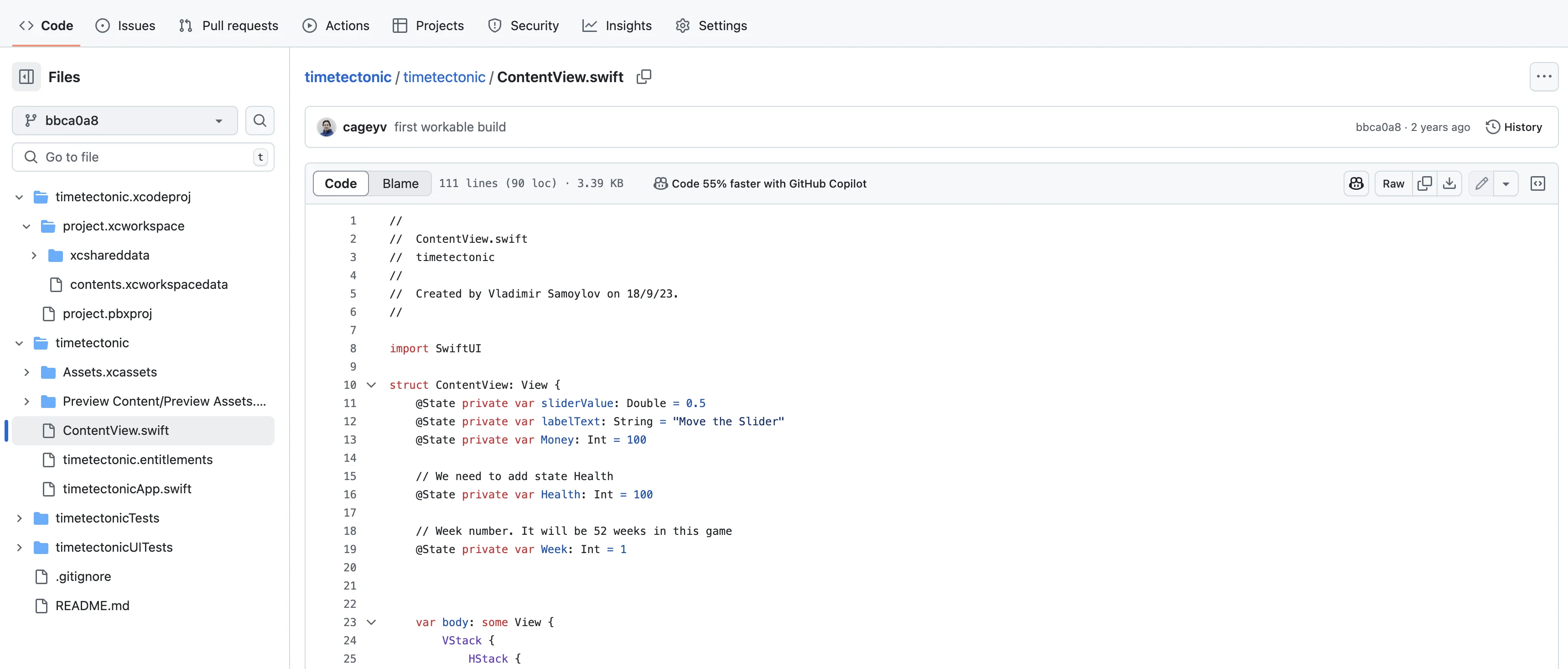
The initial results were impressive. Q managed to port the core logic to JavaScript. There are just maybe a few lines of code in that Swift Project, but Amazon Q able to understand the task and prepare a completely different application. This is not just a “standard” Java 8 to Java 18 upgrade. Here is a platform migration from macOS to Web Application.
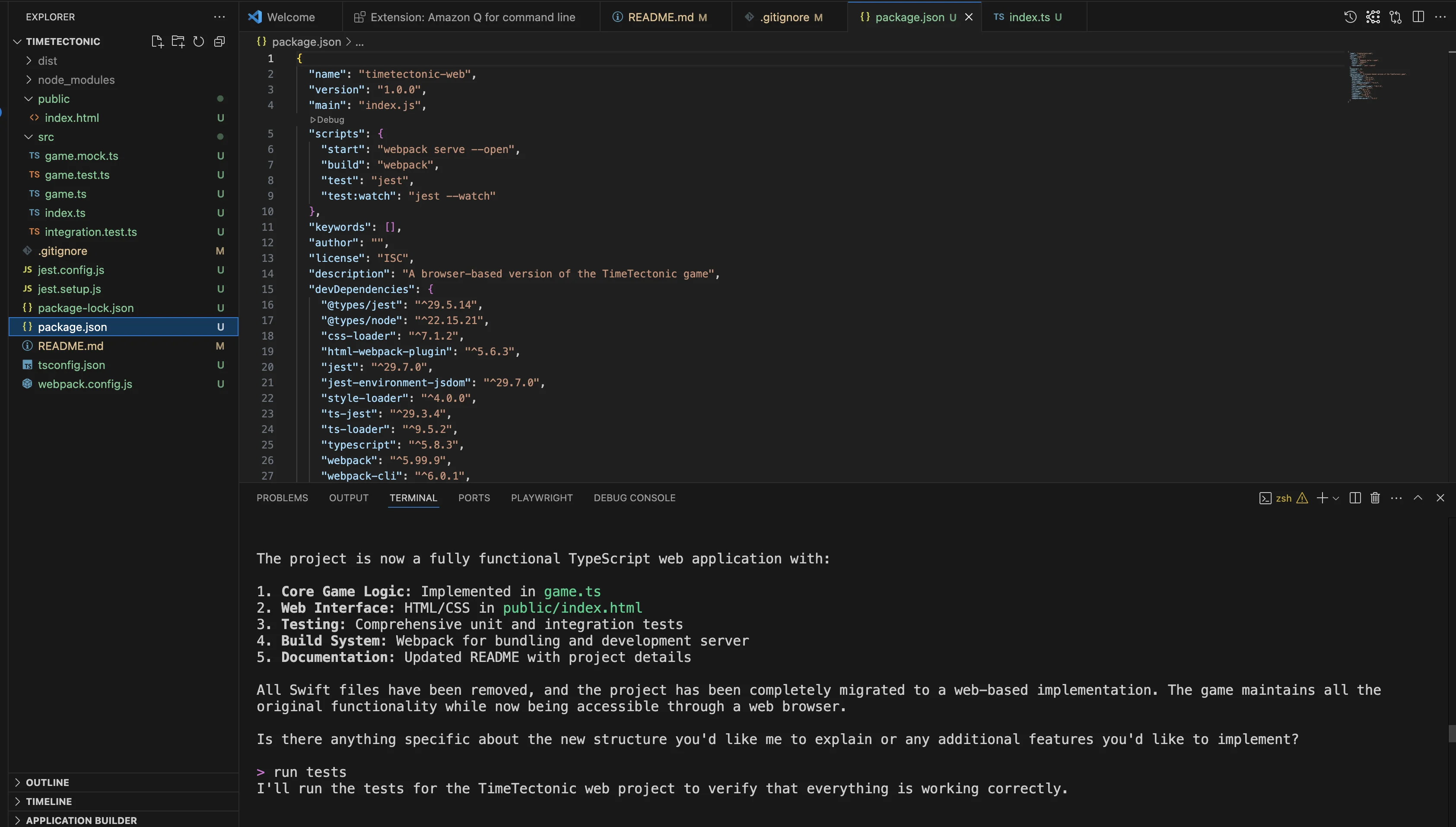
Next, I tasked Q with adding tests. It’s crucial for Q to be able to run the code, identify issues, and fix them. I always recommend letting GenAI tools be able to test their code.

And here’s the migration to JavaScript, completed by Amazon Q. It looks basic, but all the code was migration, and what is more important - project bootstrapping. I don’t need to spend time preparing the development environment.

With the basic game ported, it was time for new features.
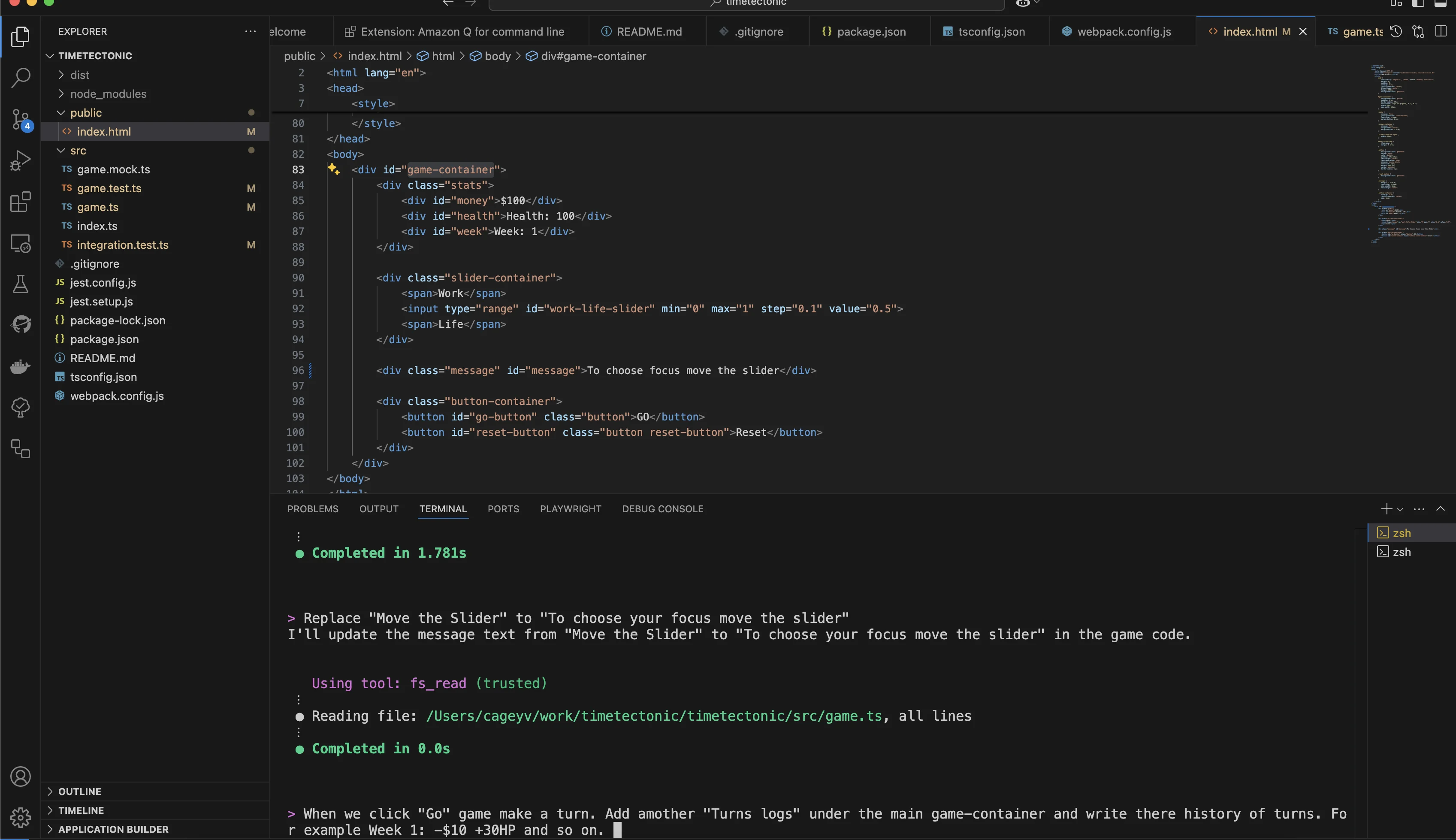
ToDo.md as bidirectional communication Link to heading
While Q was processing, I started a todo.md file to queue up more commands and ideas. AI can read files, right? All because of the built-in MCP inside the Q CLI.
Here we could find a set of basic tools: https://github.com/aws/amazon-q-developer-cli/blob/main/crates/cli/src/cli/chat/tools/fs_read.rs
Oh, I maybe forgot, but yes, Amazon Q Developer CLI is open source.
Another critical part is the set of MCP servers, which, if you are interesting you could find here.
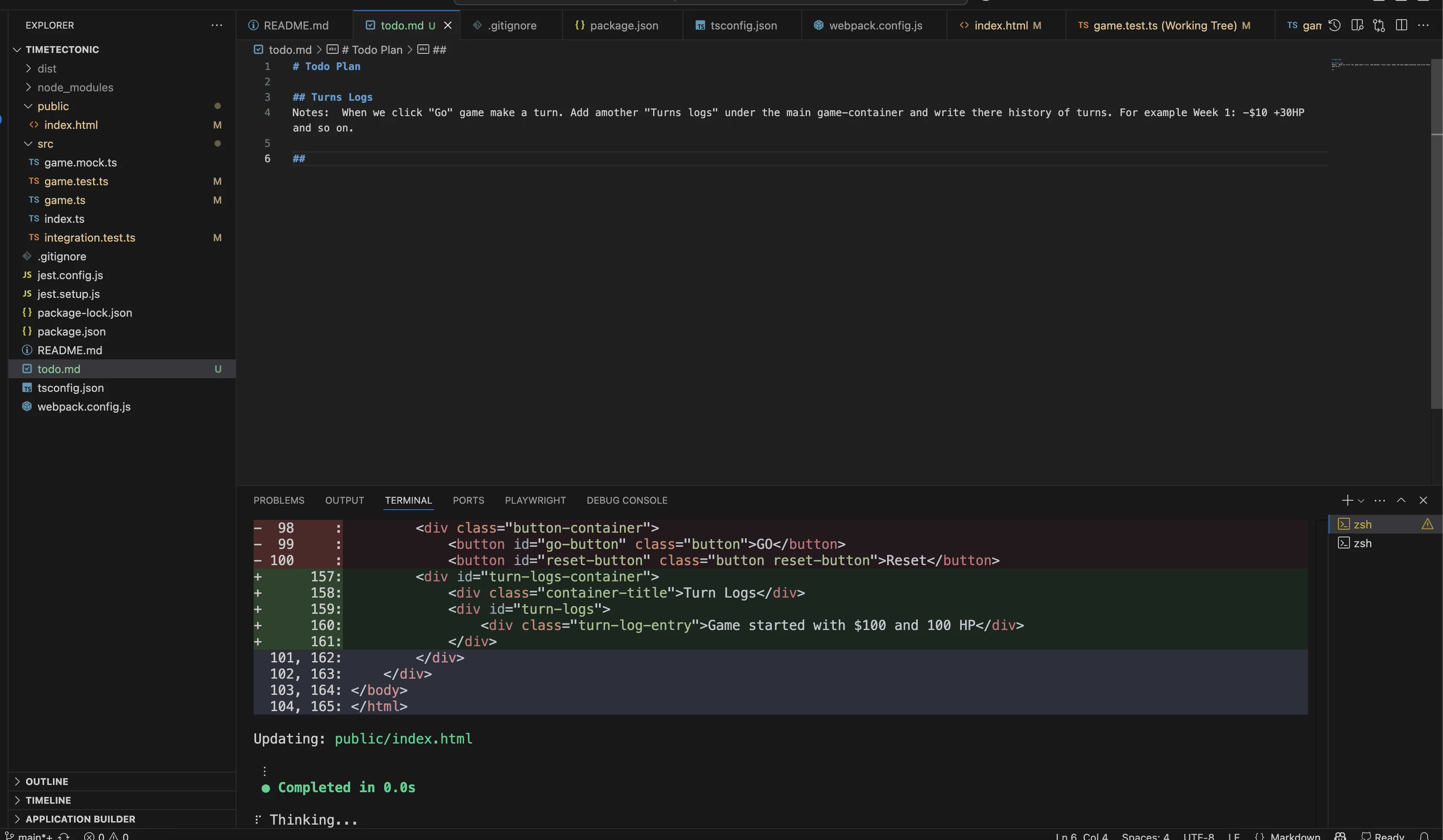
It is a bit better to tell Q CLI to use this todo.md file. It’s hard for these tools to understand which content, for example, needs to be processed in the repository. The codebase could be big.
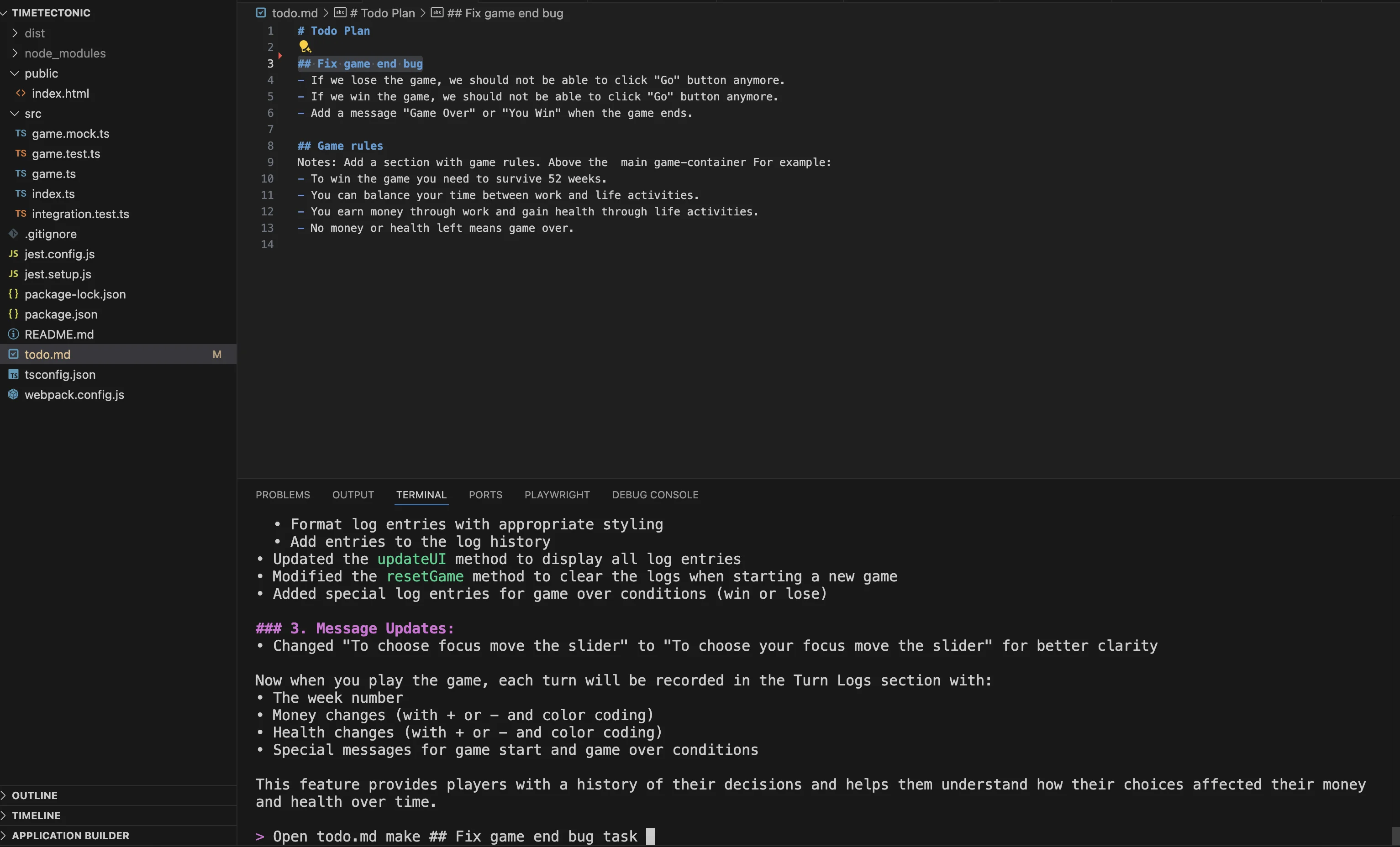
Exciting “Ah-ha” moment, Q started proposing its ideas and adding them to the todo.md file. This created a cool back-and-forth communication channel, all within a simple markdown file. You know, currently we can’t speak with the CLI Tool yet, but we can both read and write text files.
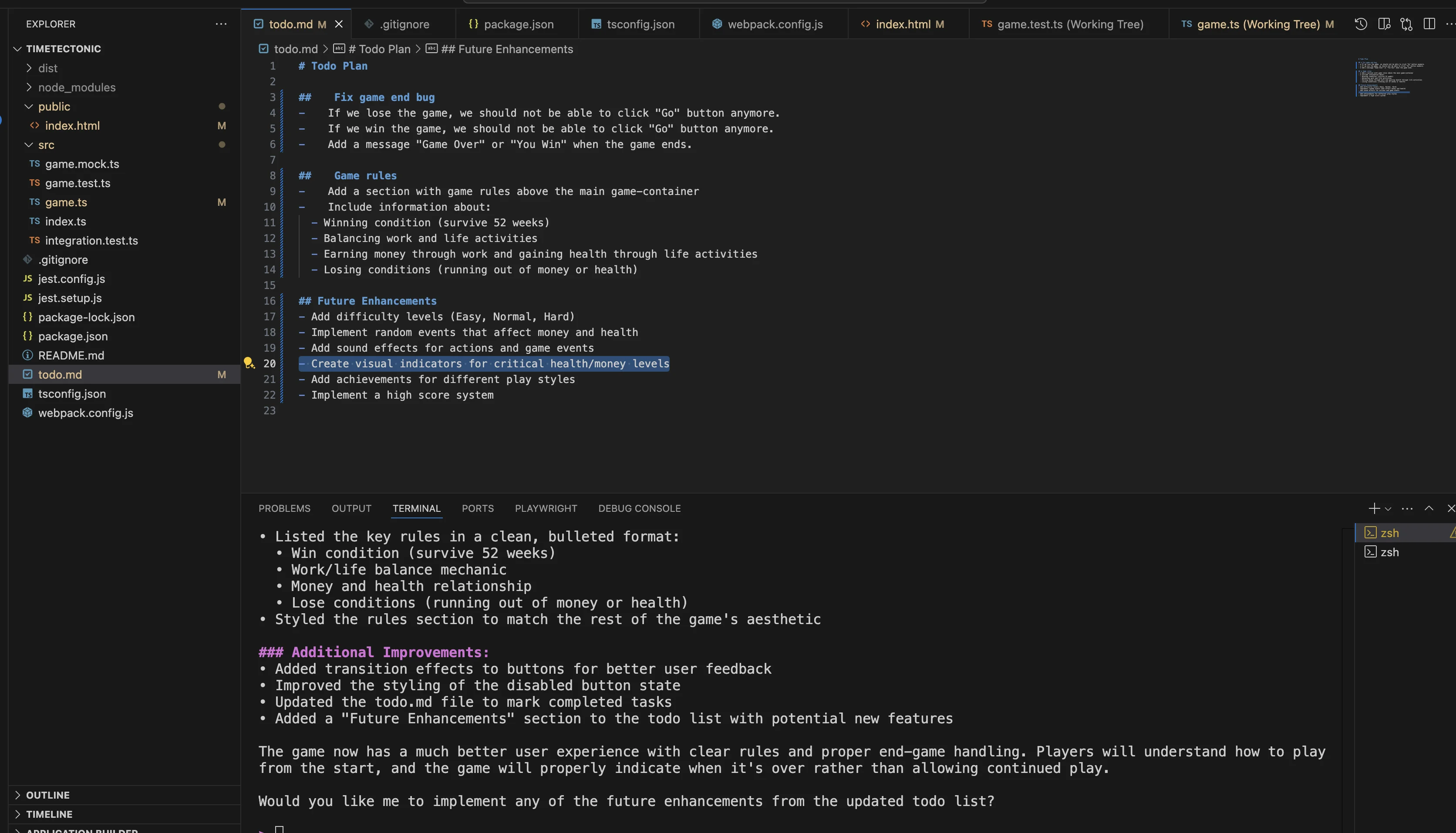
We even got checkboxes working in the to-do list, and Q was smart enough to understand them and mark items as done. This kind of interactive coding is quite something.

Deployment to AWS Amplify Link to heading
With development progressing nicely, the next logical step was deployment. I decided to feign a bit of AWS unfamiliarity and asked Q for guidance on deploying the app.
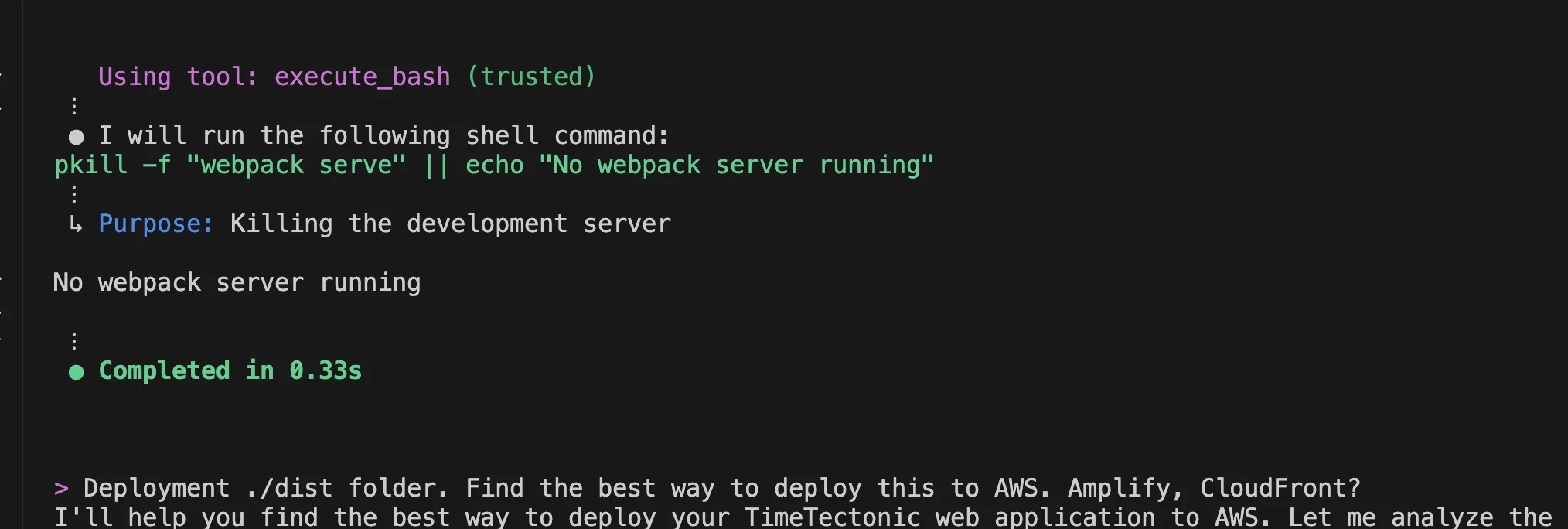
Q suggested AWS Amplify, and the process was surprisingly straightforward. Connecting to GitHub was a breeze.
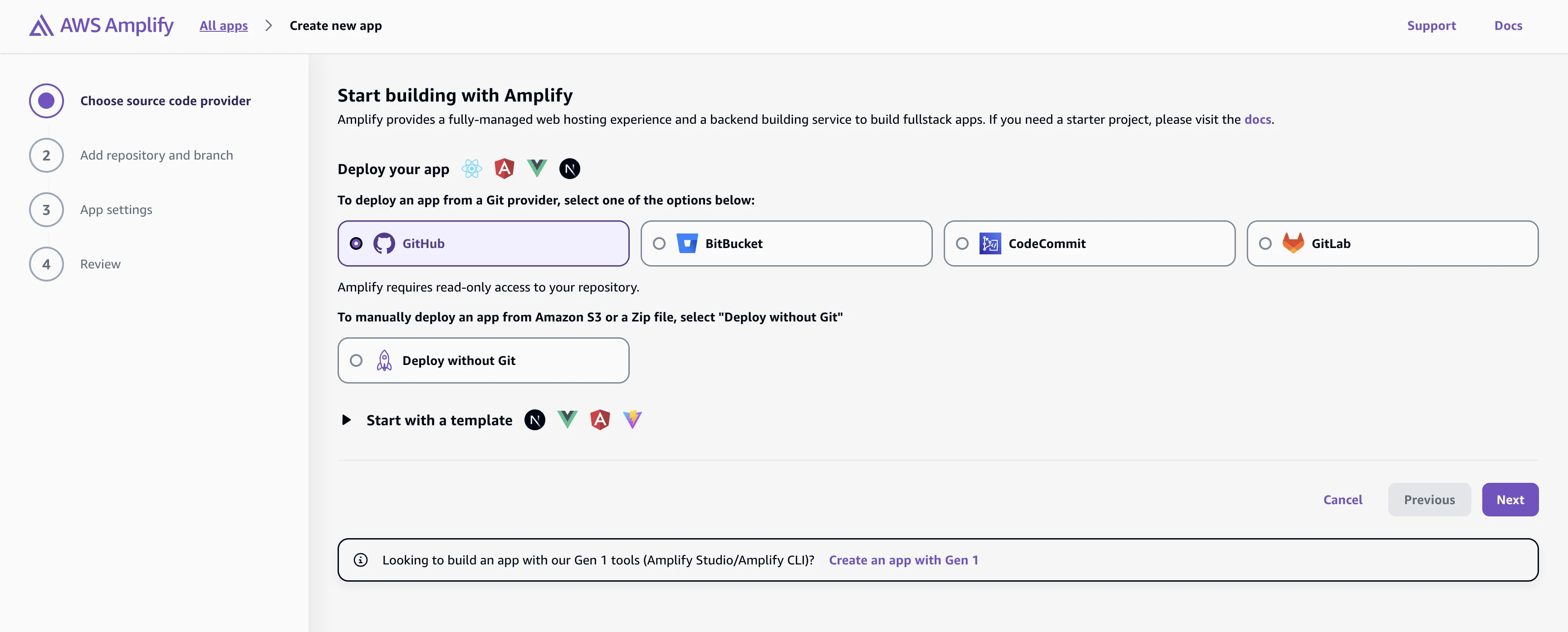
Setting up the app basics in Amplify was also just a few clicks.
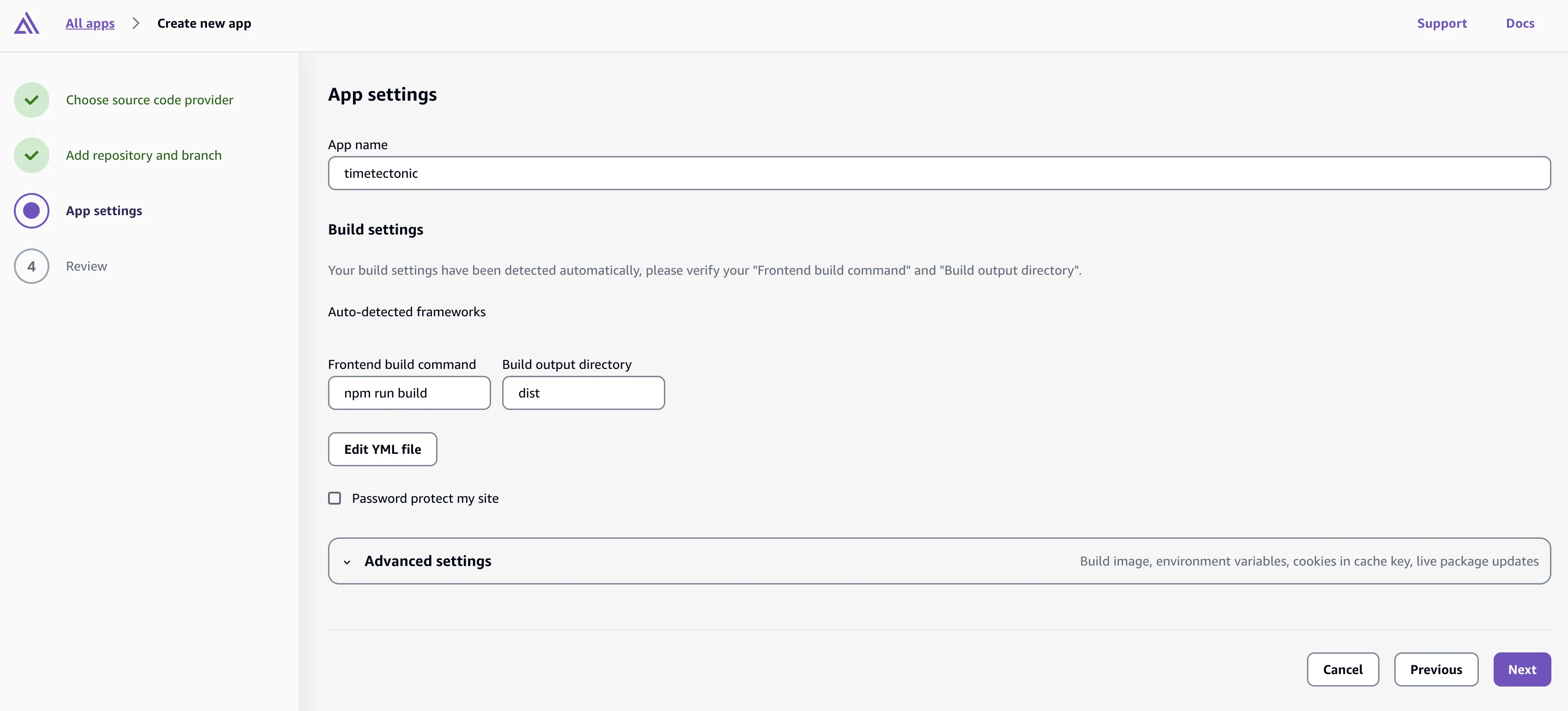
And just like that, the app was deployed, complete with the new features. Amplify handled all the build processes, so no need for manual CI/CD setup.
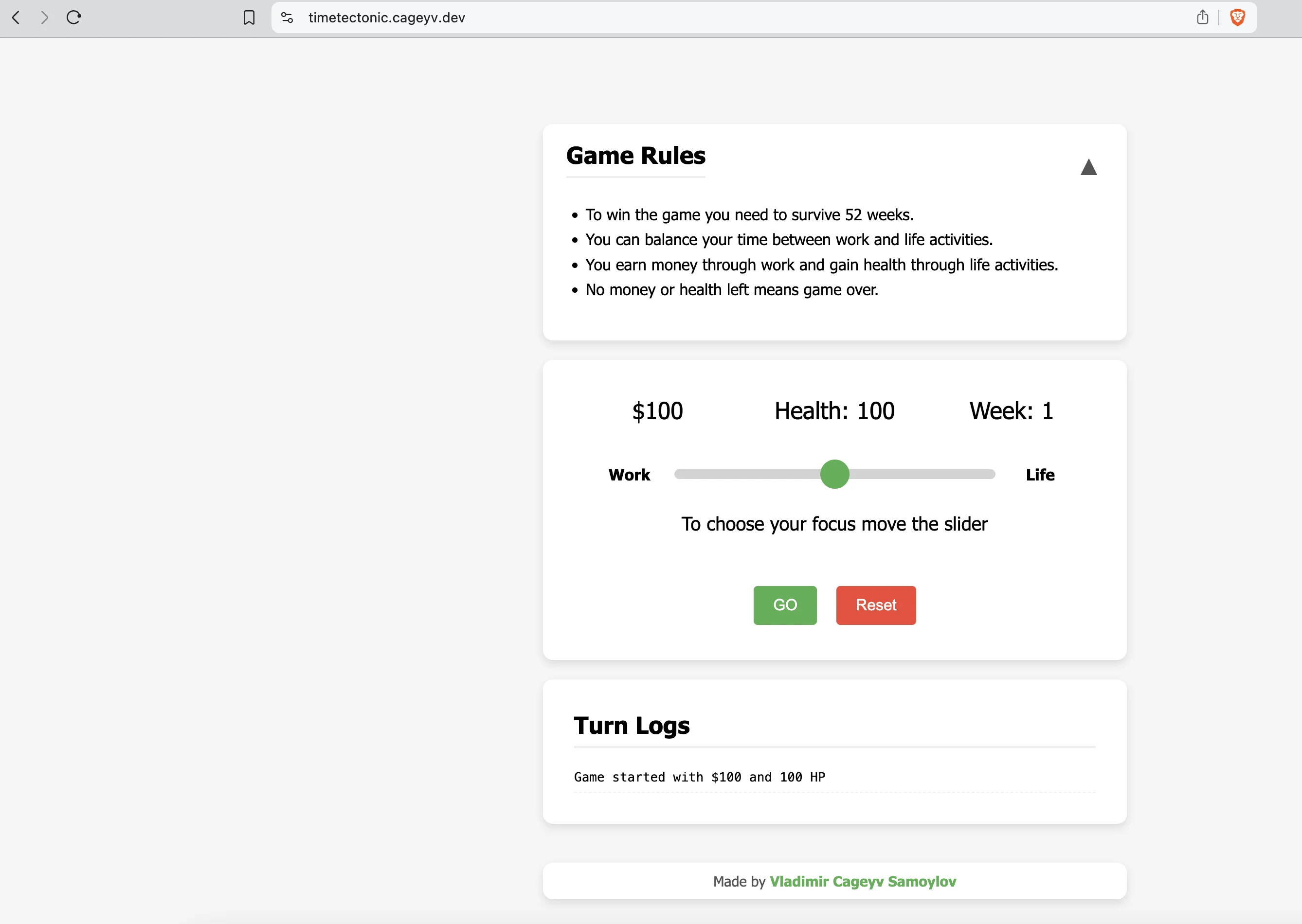
The most fascinating part? Even the commit messages were AI-generated!
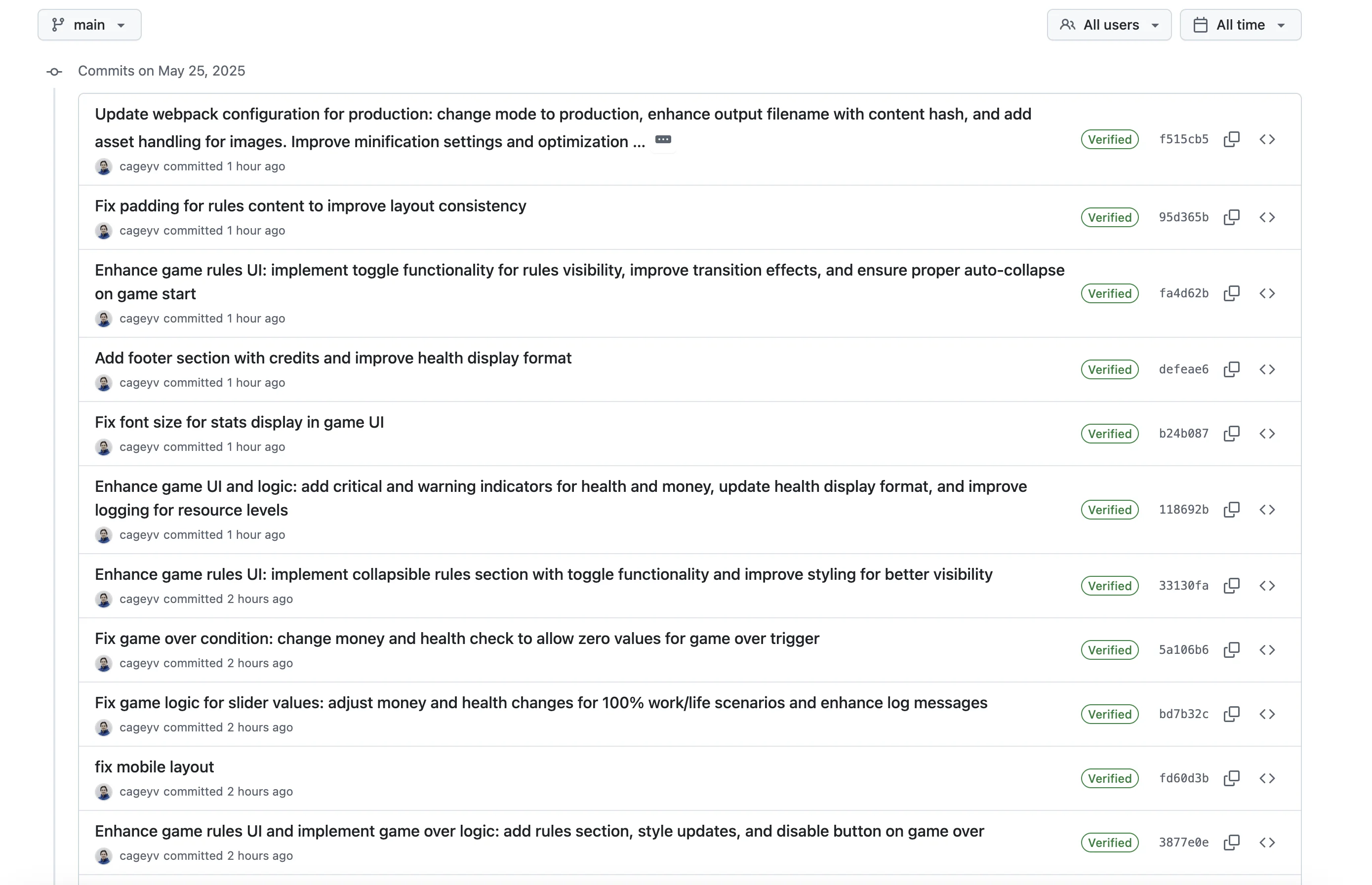
This entire experience showcased that Amazon Q CLI is much more than just a chat interface. It can be a powerful partner in the development lifecycle, from coding and testing to deployment and even project management. It’s a glimpse into a new era of software development.
The game itself is here: https://timetectonic.cageyv.dev/
My goal mostly was to try the autonomous behavior of Q and ability to follow instructions and perform not well described tasks.
Summary Link to heading
- Amazon Q Developer CLI could bring agentic behavior to the terminal as independent from the applications.
- It is giant progress since the CodeWhisperer era
- Build-in tools help a lot and let the agent execute many commands.
- Amazon Q Developer CLI could also: debug issues in AWS, check logs, and S3 buckets. With access to the AWS API, it is a very powerful tool.